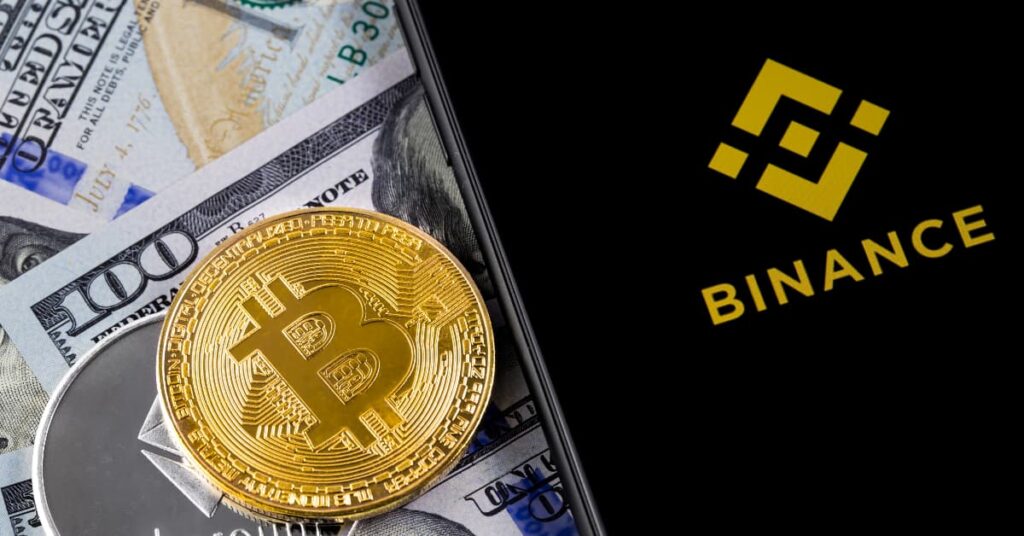Did you know someone paid $69 million for an NFT? Non-fungible tokens, or NFTs, and cryptocurrencies are shaking things up! They are changing how artists make money and how we own things online.
NFTs are special digital items. Cryptocurrencies are digital money. Each has its own purpose. But together, they are changing digital art! This pairing gives artists ownership. It also creates a new way to make a living. Let’s explore how these technologies work together!
Understanding the Fundamentals: NFTs Explained
NFTs are unique digital assets. Think of them as one-of-a-kind trading cards, but digital. These can be art, music, or even virtual real estate. Each NFT is different and can’t be copied. This is what “non-fungible” means. Unlike money, where one dollar is the same as another, each NFT is special.
What Makes an NFT Unique?
Metadata makes each NFT special. This data holds details like the artist, creation date, and description. It’s like a digital fingerprint. Smart contracts also play a big role. These are agreements coded into the NFT. They control things like royalties for the creator.
NFTs use standards like ERC-721 and ERC-1155. ERC-721 is for unique items. ERC-1155 allows for multiple copies, like tickets to an event. These standards help NFTs work across different platforms.
The Role of Blockchain Technology
Blockchains keep NFTs safe and open. A blockchain is like a digital record book. Each transaction is added as a “block.” This record can’t be changed. This is called immutability. This helps prove an NFT is real. Blockchains like Ethereum keep track of who owns each NFT.
Real-World NFT Use Cases Beyond Art
NFTs are more than just art. They are used for collectibles, such as digital trading cards. Virtual land in online games is sold as NFTs. Music artists use them to sell songs. Gaming companies use them for in-game items, like special weapons or skins. There are many uses for NFTs!
Cryptocurrency: The Fuel for the NFT Ecosystem
Cryptocurrency is needed to buy and sell NFTs. It acts as the currency for this digital world. You need crypto to participate in the NFT market.
The Primary Currencies: ETH, SOL, and Others
Ethereum (ETH) is the most used crypto for NFTs. Solana (SOL) is another popular choice. Ethereum has many NFTs, but transaction fees can be high. These fees are also known as “gas” fees. Solana is faster and has lower fees, but fewer NFTs are available on this blockchain.
Crypto Wallets: Your Gateway to NFT Ownership
You need a crypto wallet to store and manage your NFTs and crypto. These wallets keep your digital assets safe. There are two main types: hot and cold. Hot wallets are online and easy to use. Cold wallets are offline and more secure. Hardware wallets are an example of cold storage.
Keep your wallet safe! Protect your seed phrase. This is a secret code that lets you access your wallet. Never share it with anyone.
Converting Fiat to Crypto for NFTs
You must convert regular money into crypto to buy NFTs. You can do this on crypto exchanges. These are like online marketplaces for buying and selling crypto. Exchanges like Coinbase and Binance are popular choices.
You may need to prove your identity. This is called KYC (Know Your Customer). Watch out for fees. Exchanges charge for buying and selling crypto.
The Symbiotic Relationship: How NFTs and Crypto Work Together
NFTs need crypto for transactions. Crypto gives NFTs value. Without crypto, the NFT market wouldn’t exist. This is a key partnership!
Buying and Selling NFTs with Crypto
Buying NFTs involves a few steps. First, find an NFT marketplace like OpenSea or Rarible. Connect your crypto wallet. Then, choose an NFT you want and buy it.
Selling NFTs is similar. List your NFT for sale on a marketplace. Set a price in crypto. When someone buys it, the crypto goes to your wallet.
Remember those gas fees? These are paid in crypto. They cover the cost of the transaction on the blockchain.
Crypto’s Impact on NFT Valuation
Crypto market trends can affect NFT prices. When crypto prices go up, NFTs may also increase in value. More people are willing to buy NFTs when they have more crypto. Also, increased crypto adoption means more people can get involved in the NFT space.
Royalties and Smart Contracts
Smart contracts make sure artists get paid fairly. Each time an NFT is resold, the artist can get a percentage. This is called a royalty. Crypto makes these payments easy and automatic. The smart contract handles everything. This is revolutionary!
Navigating the NFT Market: Risks and Opportunities
Investing in NFTs and crypto can be risky. Prices can change quickly. Be careful and do your research.
Due Diligence and Research
Before buying an NFT, learn about the project. Who is the artist? What is their reputation? Does the project have a strong community? Look for red flags, like fake profiles.
Security Best Practices: Protecting Your Assets
Keep your crypto wallet secure. Use a strong password. Enable two-factor authentication (2FA). Consider using a hardware wallet for extra security. Watch out for scams and phishing attempts. Never click on suspicious links.
The Future of NFTs and Crypto
NFTs and crypto are still new. There will be more changes in the future. New uses for NFTs could emerge. Technology will improve. Governments may create rules for NFTs and crypto.
The Environmental Impact of NFTs and Crypto
Some blockchains use a lot of energy. This has raised environmental concerns. It is important to understand this impact.
Energy Consumption and Carbon Footprint
Blockchains that use “proof-of-work” need a lot of energy. Bitcoin and some older versions of Ethereum use this method. This process requires computers to solve complex puzzles. The computers consume significant electricity.
Sustainable Solutions and Alternatives
Newer blockchains use “proof-of-stake.” This uses much less energy. Layer-2 solutions help reduce energy use on Ethereum. These solutions process transactions off the main blockchain.
Some artists choose to use eco-friendly blockchains. This helps reduce the environmental impact of NFTs.
Conclusion
NFTs and crypto are changing the digital world. They are giving power to creators and changing how we own things online. NFTs provide unique digital ownership. Cryptocurrencies provide the means for exchange.
Explore the NFT space, but be careful. Do your research and protect your assets. The world of NFTs and crypto is full of potential. Dive in responsibly!







Facebook Comments